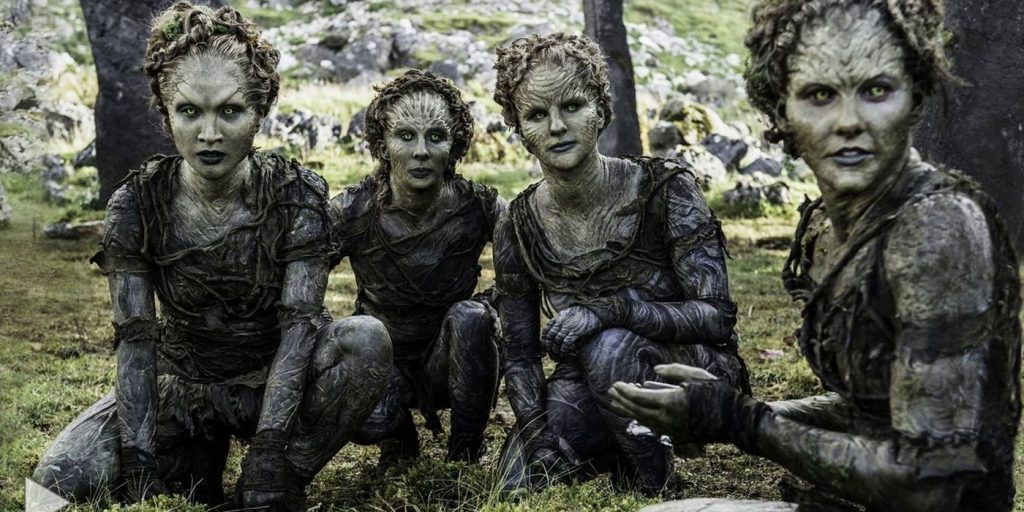In Game of Thrones and House of the Dragon, history is everything. Characters regularly reflect on ages gone by, whether it means referencing Old Valyria, Aegon’s Conquest, Robert’s Rebellion, or even the Long Night. Most of the stars work desperately to prevent the destruction of Westeros through a second Long Night. Jon Snow (Kit Harington), Rhaenyra Targaryen (Emma D’Arcy, Millie Alcock), Bran Stark (Isaac Hempstead Wright), and Viserys Targaryen (Paddy Considine) all spent their lives working to stop the White Walkers. Unfortunately, none of them were quite able to prevent the Night King’s return.
Yet the actual details of the first Long Night remain an ongoing mystery. The events took place during the Age of Heroes, thousands of years before the events of either show. The Stark children themselves initially view the White Walkers as nothing but an unimportant myth from Old Nan’s stories. Author George R. R. Martin’s book series, A Song of Ice and Fire, provides some insight into the horror of it all. While the Long Night is known for taking place during the Age of Heroes, most of its secrets have been lost to history. Many, however, remain.
The Age of Heroes Featured a Distinct Westeros
Westeros Had Countless Kingdoms at the Time
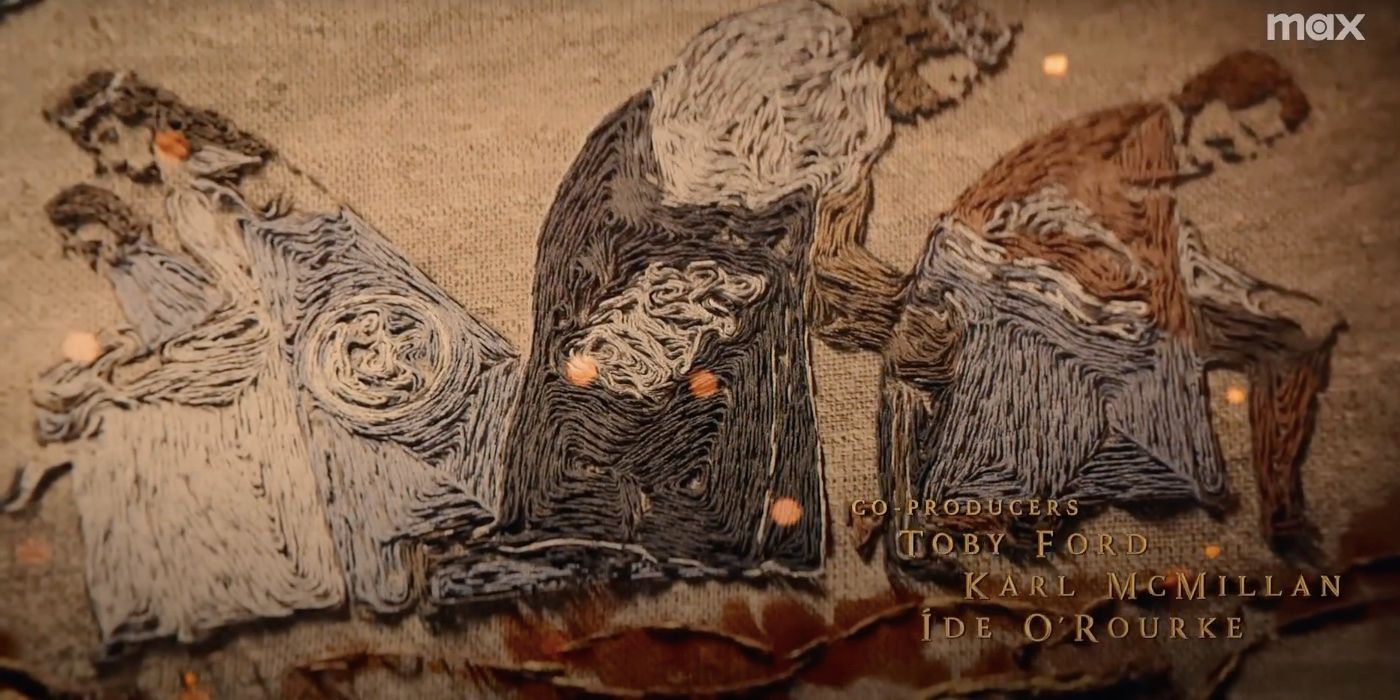
Long before the Seven Kingdoms were united under the Targaryens, Westeros was a very different realm. Every portion of the land was filled with kingdoms, and there were far more of them than the seven that Aegon the Conqueror encountered. The Starks, known as the Kings of Winter, regularly waged war against the Red Bolton Kings. The Barrow Kings ruled south of Winterfell, while the Gardeners ruled as the Kings of the Reach. Even Houses that would eventually fall into submission had dominions of their own, as the Hightowers and the Tarths had their own kingdoms to rule. It was an extremely different Westeros, and each king would war with others to extend their lands and their dominions.
The Age of Heroes began approximately 10,000 years before Game of Thrones.
This was a unique time in Westerosi history, as it took place after an earth-shattering war with the Children of the Forest. The First Men, who made up Westeros’ population, had nearly been consumed by their fight against the magical Children. Eventually, however, they signed a Pact at the Isle of Faces. Before the beginning of the Age of Heroes, the First Men began to worship the trees, while they accepted dominion over only the open land. The Children would remain confined to the forests before eventually being driven to the lands North of the Wall in Game of Thrones. With a newly forged peace, the Westerosi kings had no one to fight, except each other. That led to constant turmoil and open warfare.
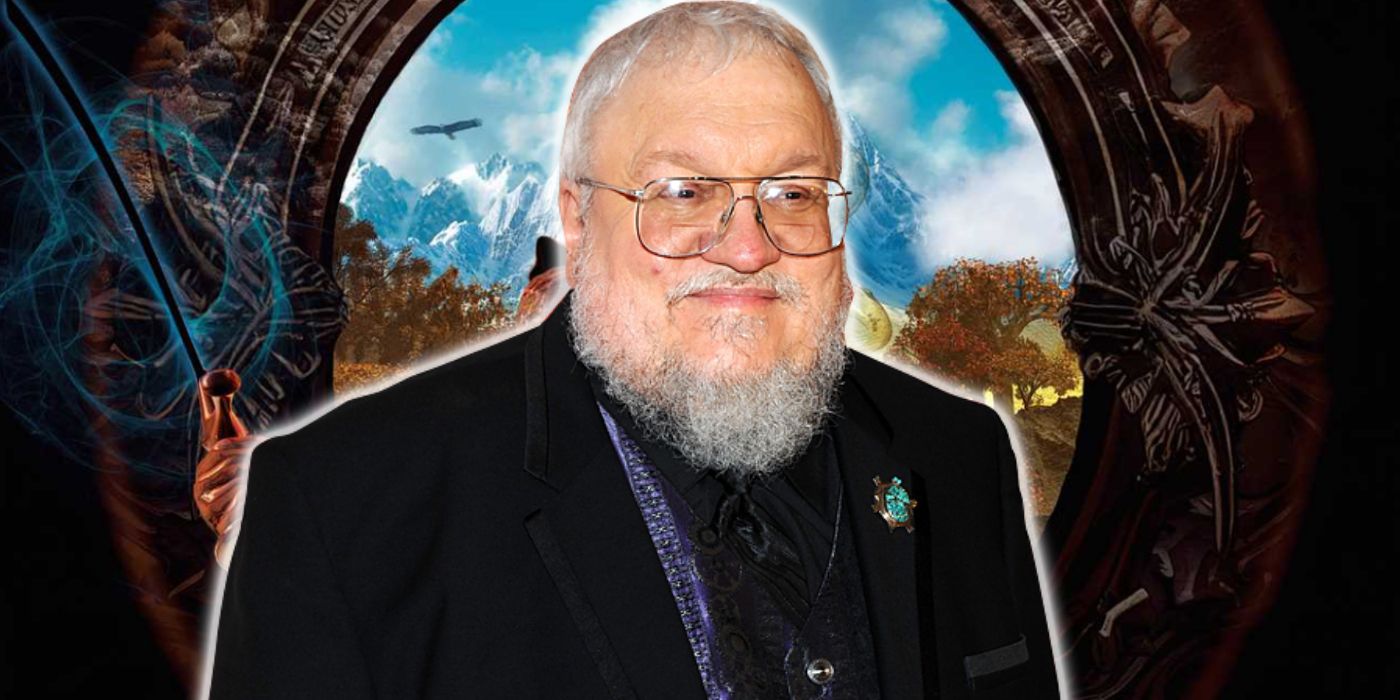
Related
Fantasy author Larry Correia trolls George R.R. Martin for how long he has spent writing the A Song of Fire and Ice novel series’ next installment.
The Long Night Defined the Age of Heroes
The Heroes Banded Together To Fight the White Walkers
While the wars among kings are still remembered — especially by House Bolton — there was a greater war that bound the kings together. The Long Night was a period that nearly saw the deaths of every member of the First Men. It took place 8,000 years before Game of Thrones, during an exceptionally long winter. Starvation, suffering, and freezing temperatures plagued the realm and brought about countless deaths. In Martin’s A Game of Thrones, Old Nan describes it as a period of unimaginable horror:
“Thousands and thousands of years ago, a winter fell that was cold and hard and endless beyond all memory of man. There came a night that lasted a generation, and kings shivered and died in their castles even as the swineherds in their hovels. Women smothered their children rather than see them starve, and cried, and felt their tears freeze on their cheeks.”
In that long winter, the White Walkers arrived and began to attack the First Men and the Children. They came from the north, where it was so perpetually cold that it was referred to as the Lands of Always Winter. They began to strike at the living, bringing them near extinction. Fortunately, the army of the living discovered the benefits of dragon glass, and one exceptional member of the First Men managed to stave off the White Walkers. Shortly before his species’ utter extinction, the Last Hero joined countless other heroes and saved Westeros.
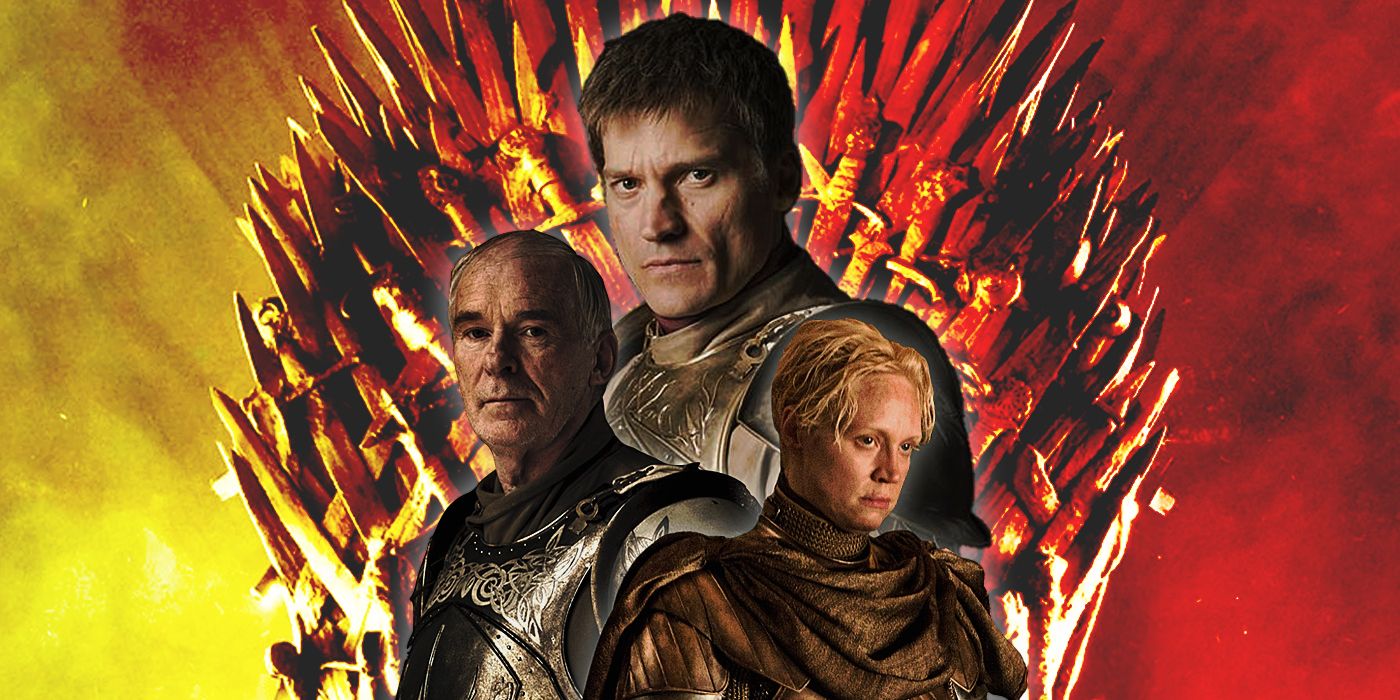
Related
15 Greatest Swordsmen in the Game of Thrones Universe, Ranked
From Jaime Lannister to Daemon Targaryen, HBO’s Game of Thrones universe has plenty of skilled swordfighters.
Each Major House Had Its Own Hero
The Last Hero Stood Above Them All
|
Hero |
House |
Great Deed |
|---|---|---|
|
Bran the Builder |
House Stark |
Builder of the Wall, Winterfell, and other major Westerosi castles. |
|
Garth Greenhand |
House Gardener |
Populated much of the Westerosi Houses and brought about good harvests. |
|
Durran Godsgrief |
House Durrandon |
First Storm King and builder of Storm’s End. |
|
Winged Knight |
House Arryn |
Claimed the Vale from the Griffin King. |
|
Symeon Star-Eyes |
Unknown |
Legendary warrior, who won numerous fights despite losing both eyes. |
|
Grey King |
Unknown (Iron Islands) |
Killed a sea dragon, taught men to sail, and introduced fire to the world. |
|
Lann the Clever |
House Lannister |
Stole Casterly Rock from House Casterly. |
Throughout the Age of Heroes, each major House had a hero of its own to honor. House Stark, for instance, claims to descend from Bran the Builder, who built the Wall, Winterfell, and other castles. Many other houses, including the Arryns and Lannisters, each claim that they hold some connection to ancient heroes. Lann the Clever, for instance, tricked House Casterly into losing control of Casterly Rock. The Winged Knight, who reportedly came after the Essosi Andals came to Westeros, managed to claim the Vale from its First Men kings. Check out some of the other legendary heroes:
Many of these heroes are directly referenced in Game of Thrones and House of the Dragon. After all, Game of Thrones‘ Bran Stark is named after Bran the Builder, while the Lannister’s surname comes directly from Lann the Clever. Other legendary figures from the era include Florian the Fool and Jonquil. The legendary couple fell in love during the Age of Heroes, despite being a maiden and a fool, which inspired Sansa after she realized just how cruel King Joffrey could be. These figures have long influenced Westerosi politics and familial expectations.
One hero, however, did not. The Last Hero was the greatest of the Age of Heroes. Having recognized that the world was coming to an end, he set about to destroy the White Walkers. He took over a dozen companions, his dog, and his horse on the journey north. After a harrowing journey, he was left as the last survivor. Despite it all, however, he managed to find the Children of the Forest. He recruited them as allies, and they staved off the White Walkers together during the Battle for the Dawn. Despite his heroism, not much is truly known about the Last Hero. The winter ended, and the Last Hero disappeared from history. He was the greatest legend from the Age of Heroes, but he is nothing but a half-forgotten memory.

Related
15 Best Female Characters in Game of Thrones, Ranked
Brienne of Tarth, Sansa Stark and Cersei Lannister are but a few of the great female characters featured in Game of Thrones.
It Still Impacts House of the Dragon
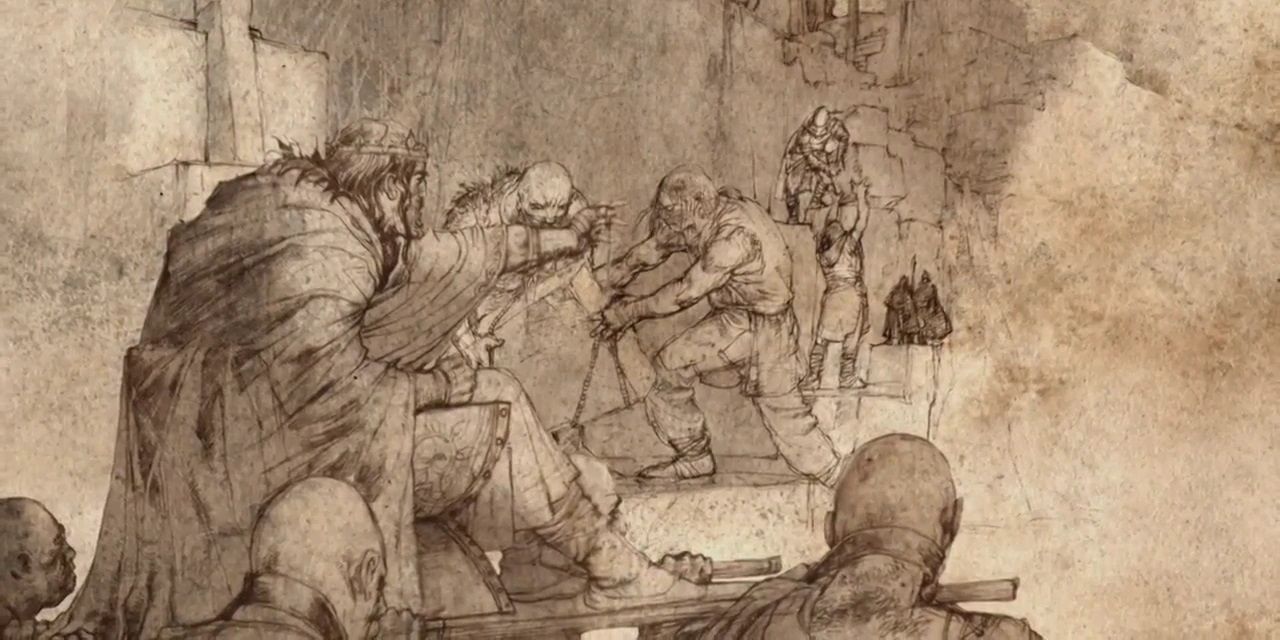
The Age of Heroes continues to influence Game of Thrones and House of the Dragon, despite taking place thousands of years earlier. After all, it has become a central element of House of the Dragon‘s story. Viserys and Rhaenyra have been desperately working to prevent the return of the Long Night, which has influenced the direction of the Dance of the Dragons. If not for prophecies relating to a second Long Night, Rhaenyra may have been more willing to attack the other Targaryen forces.
Each character also has parallels with previous heroes. Bran Stark, for instance, was named after Bran the Builder. Even his need to fly and desire to become a knight, unsurprisingly, ties into the Winged Knight. Tyrion’s clever schemes and constant desire to prove himself tie into Lann the Clever’s historical story. The Last Hero’s journey ties into Jon Snow’s mission, even coming down to the presence of his beloved pet dog. Daenerys’ desperation to save Westeros also ties into the Last Hero’s mission, especially considering that she also lost everyone along the way. Neither had a truly happy ending.
Just as history influences the modern Westerosi characters, they will someday influence future generations.
It is also important to remember that each of the more modern characters will likely be remembered as much as the other heroes were. Their legends will fade into history, and the exact details of their journeys will disappear. Arya Stark will be remembered as humanity’s savior, though her time in Braavos will likely be forgotten. Bran Stark will be remembered as the Three-Eyed Raven, Daenerys Targaryen will be the Mother of Dragons, and Theon Greyjoy will be a modern Florian the Fool. The details about their personal lives will be forgotten, but their influence on the historical record will be far more widely recognized. Even their names could fade, as the Last Hero’s did, but their legacy will remain. Game of Thrones and House of the Dragon will someday leave characters with extraordinary legacies. Just as history influences the modern Westerosi characters, they will someday influence future generations.
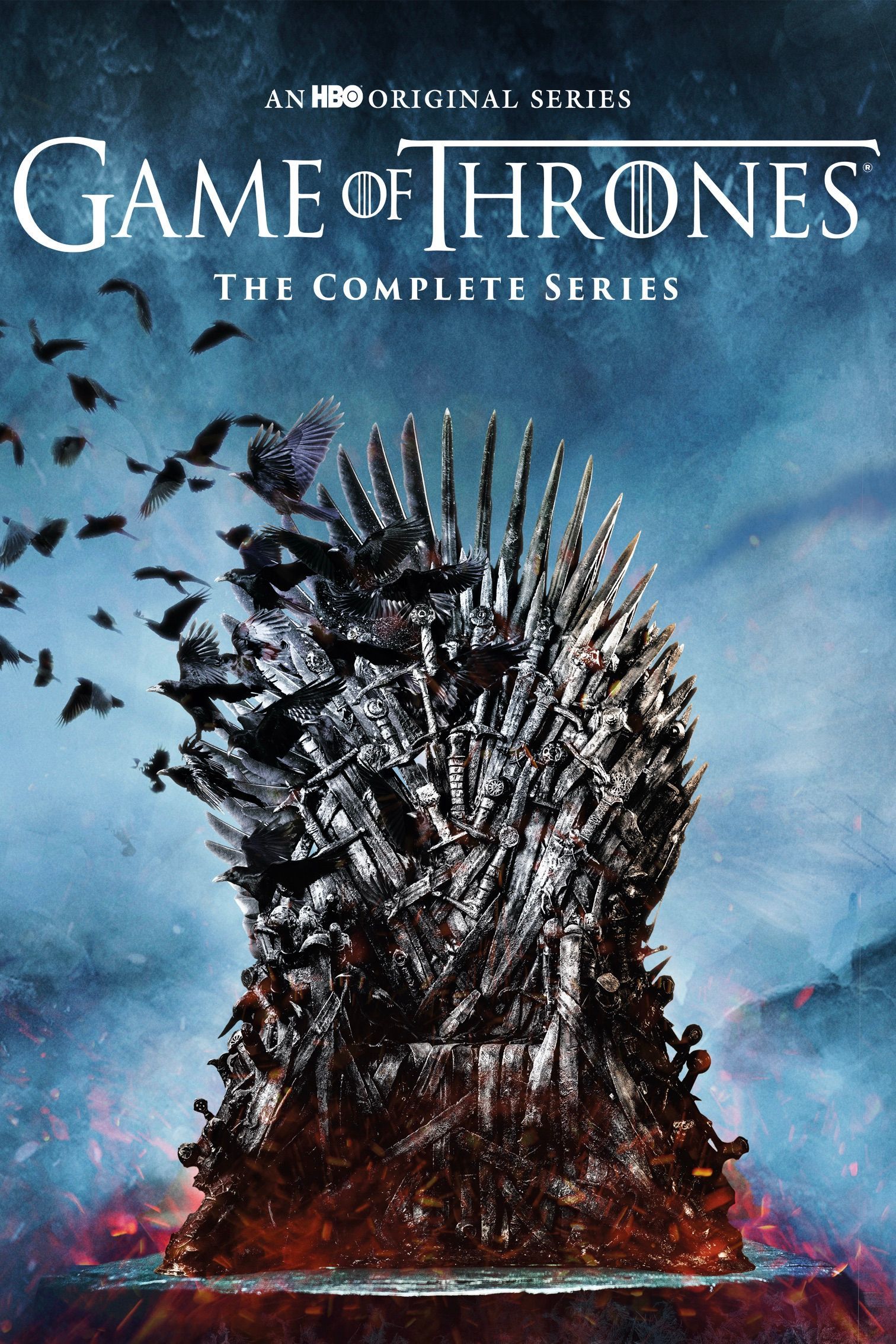
Game Of Thrones
- Release Date
-
2011 – 2018
- Showrunner
-
David Benioff, D.B. Weiss
- Directors
-
David Nutter, Alan Taylor, D.B. Weiss, David Benioff


